AP Human Geography Midterm Review: Units 1, 2, and 3
1/149
There's no tags or description
Looks like no tags are added yet.
Name | Mastery | Learn | Test | Matching | Spaced |
|---|
No study sessions yet.
150 Terms
Unit 1: Thinking Geographically
Focus: Understanding how geographers think, collect, and interpret spatial data
What are the 2 types of maps?
reference vs. thematic maps
Reference Map
a map that displays the location of geographical areas, including their boundaries, names, and significant physical features : political and physical
Thematic Map
A type of map that displays a set of data by using different methods : dot-density, choropleth, isoline, graduated symbol, cartogram,
Dot-Density
Dots are clustered in areas that have are more dense in the type of data represented
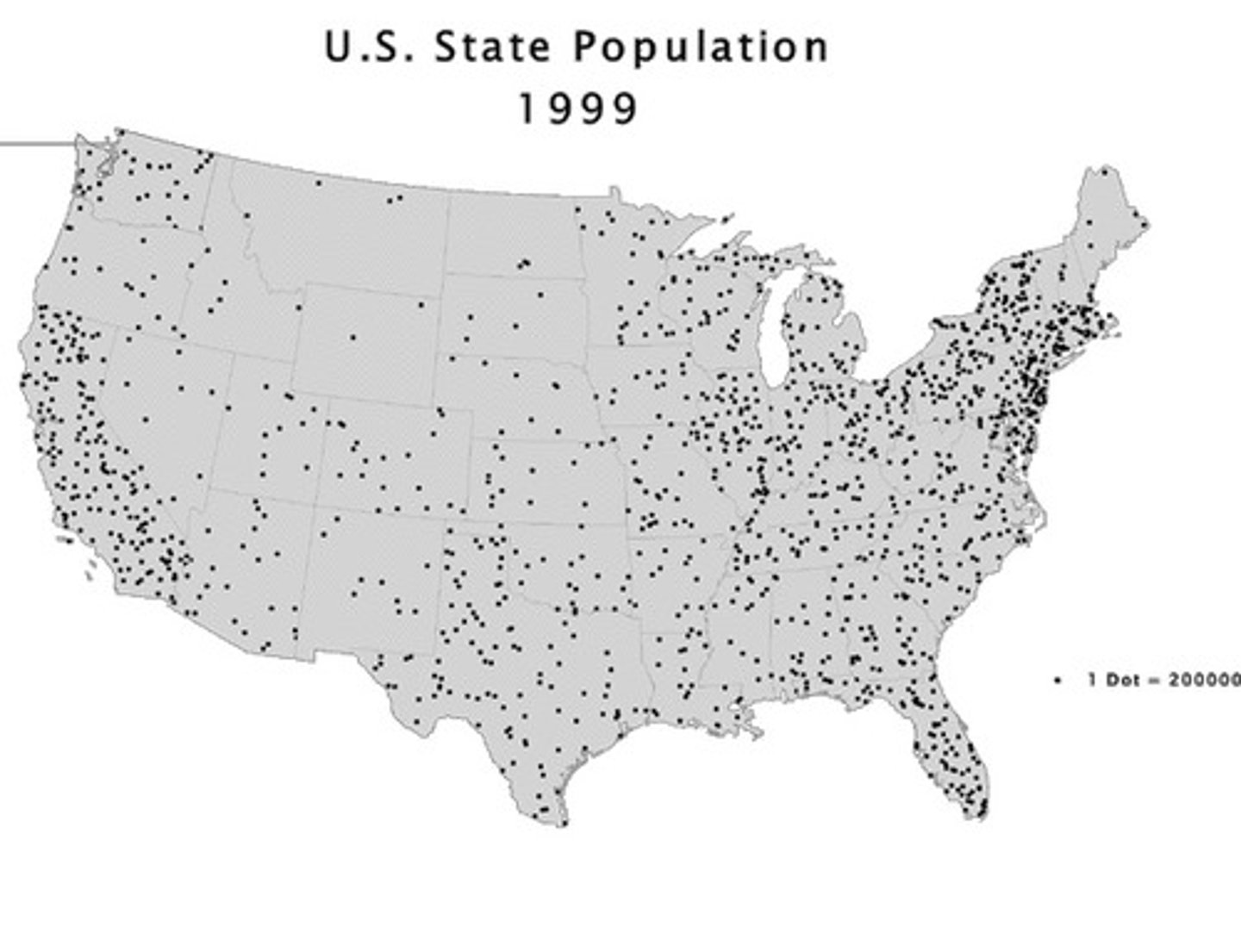
Choropleth
Maps that are colored in specific regions based on the key given about the data
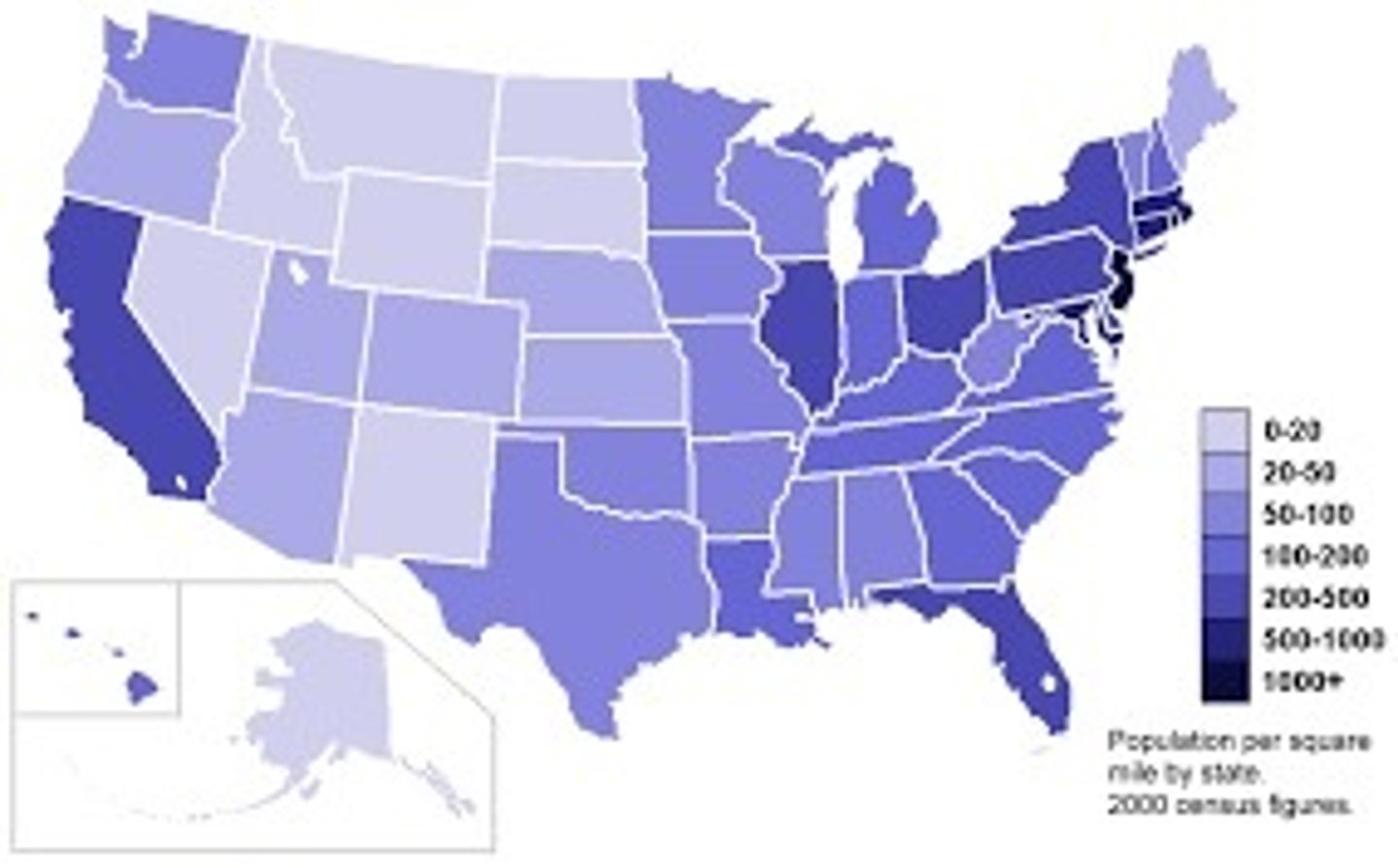
Isoline
a map that uses lines to connect points of equal value, or isolines, to represent numerical data and show geographical patterns
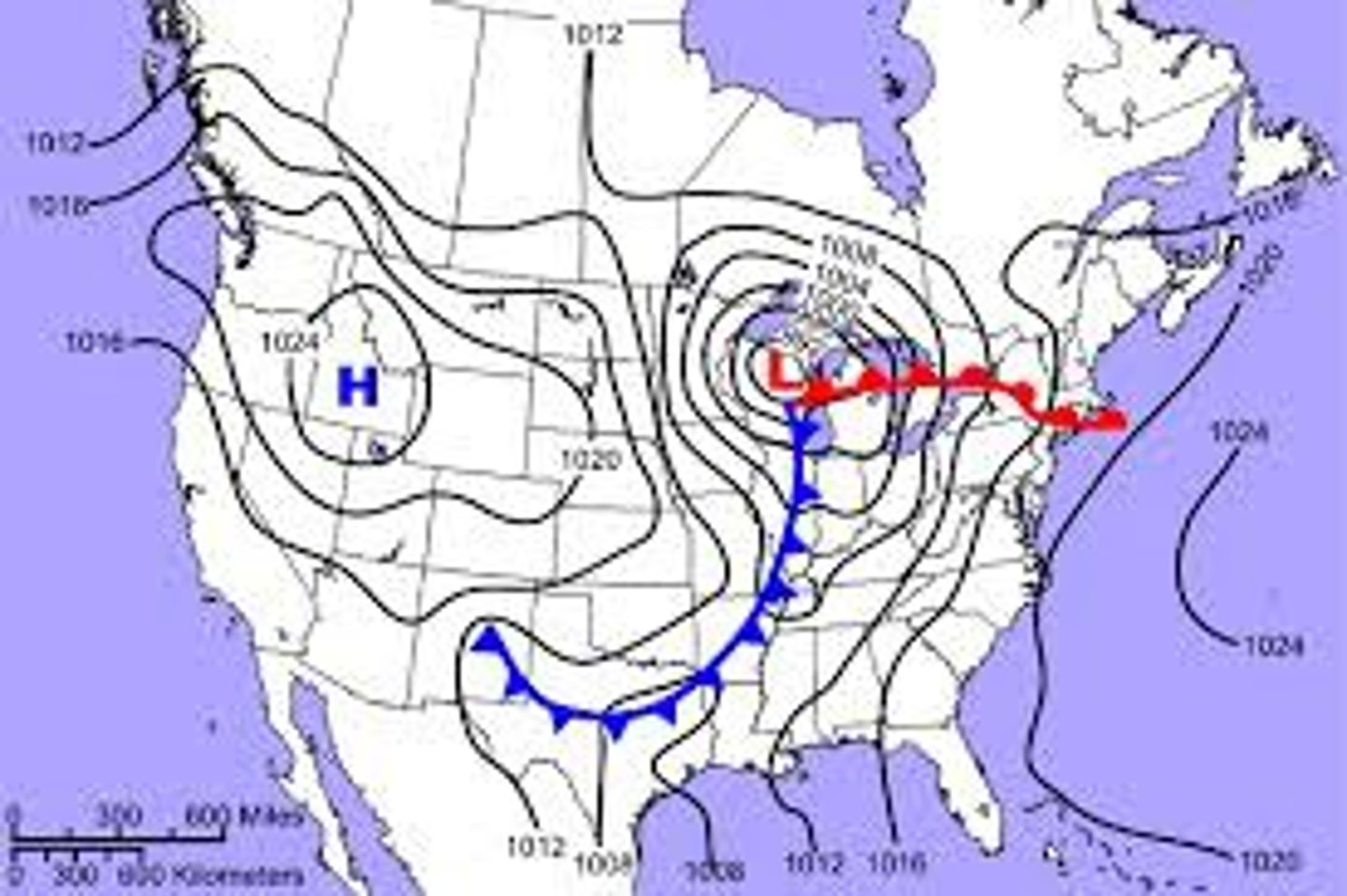
Graduated Symbol
Maps that show symbols getting bigger/smaller based on the data given
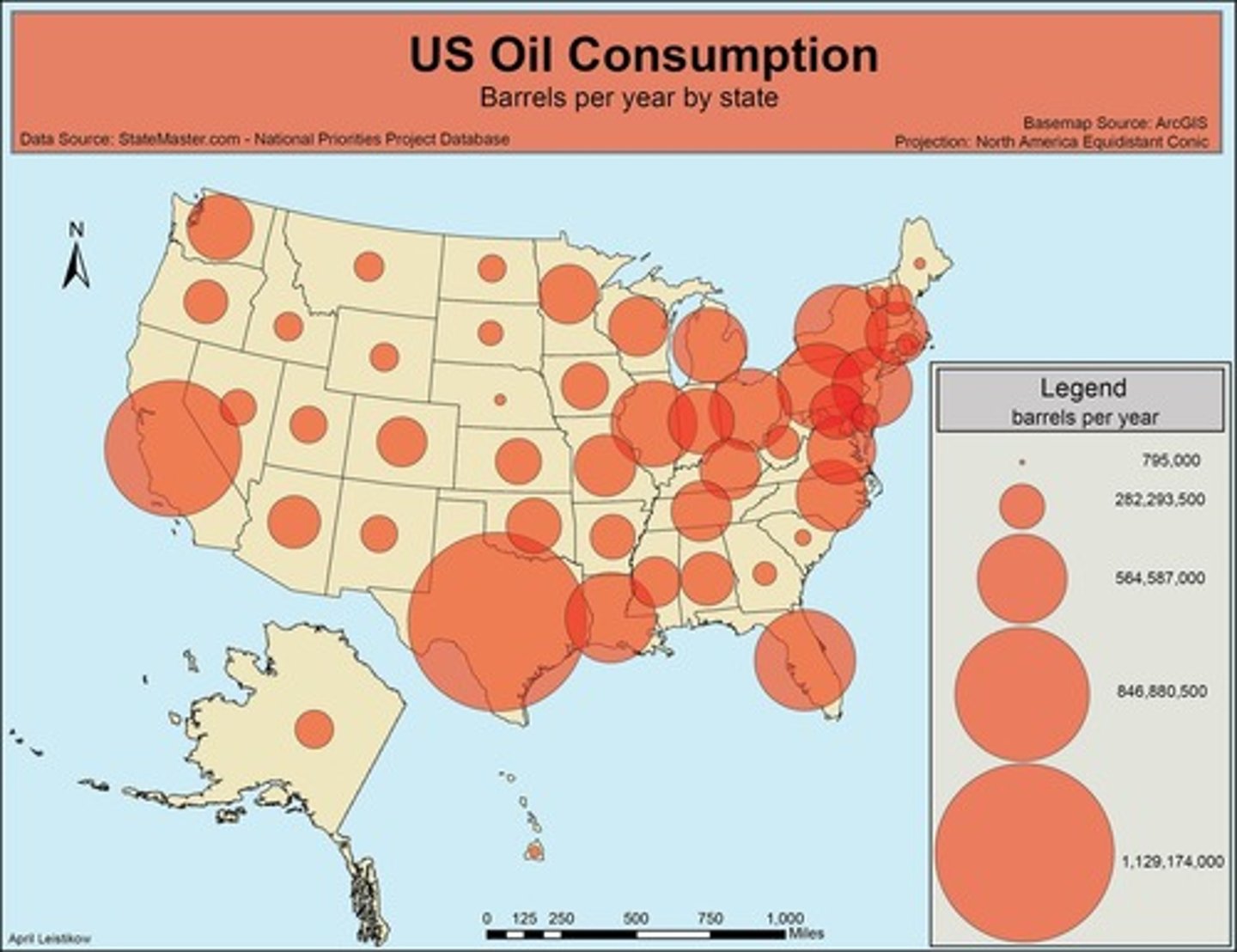
Cartogram
a map that distorts the size of regions to represent a variable,
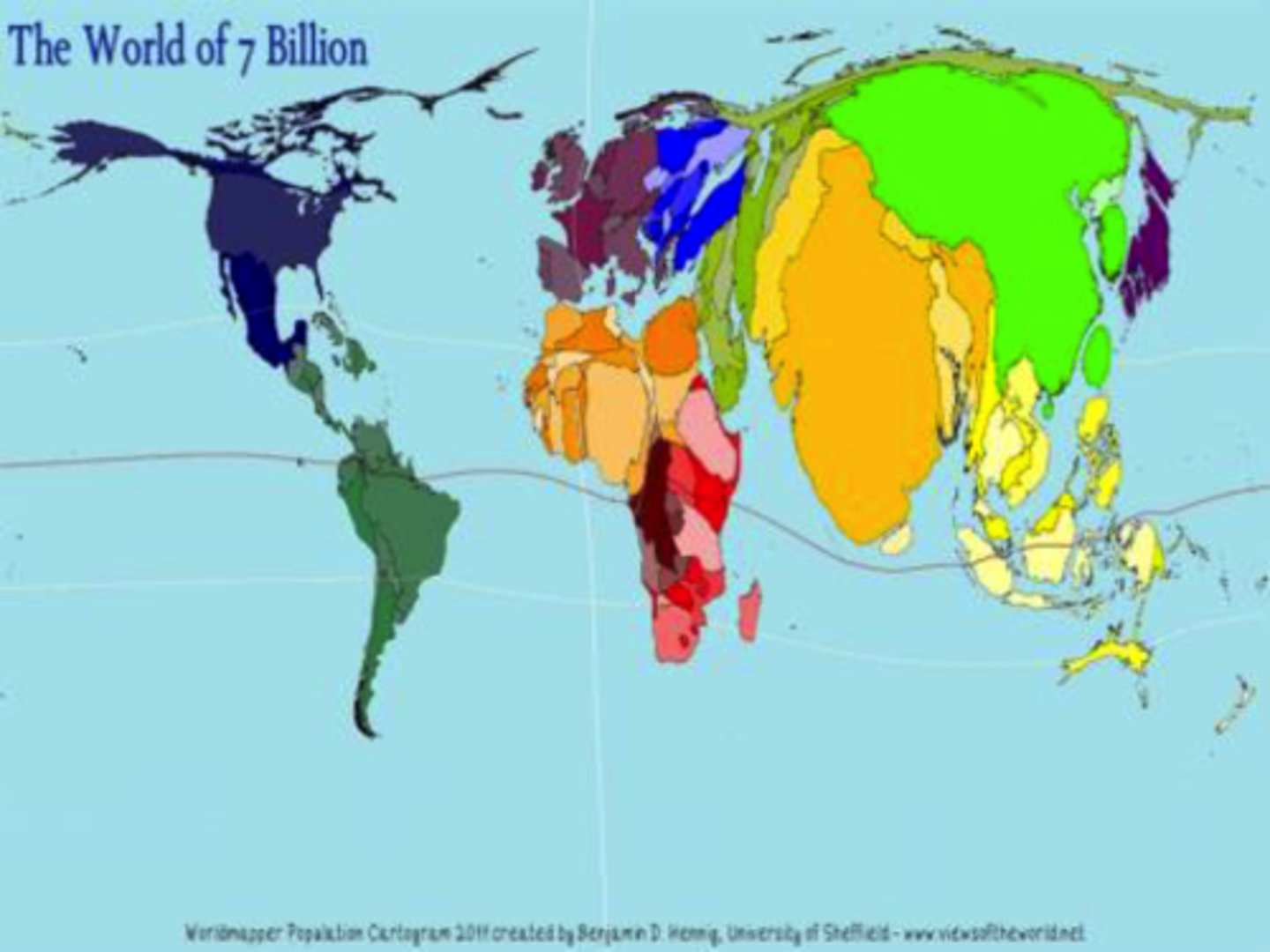
Quantitive Data
data based on number
Qualitative Data
data based on descriptions, can be found through surveys
Remote Sensing
Data that is found but the method it is found is controlled from a different area : like drones capturing pictures wherever in the world
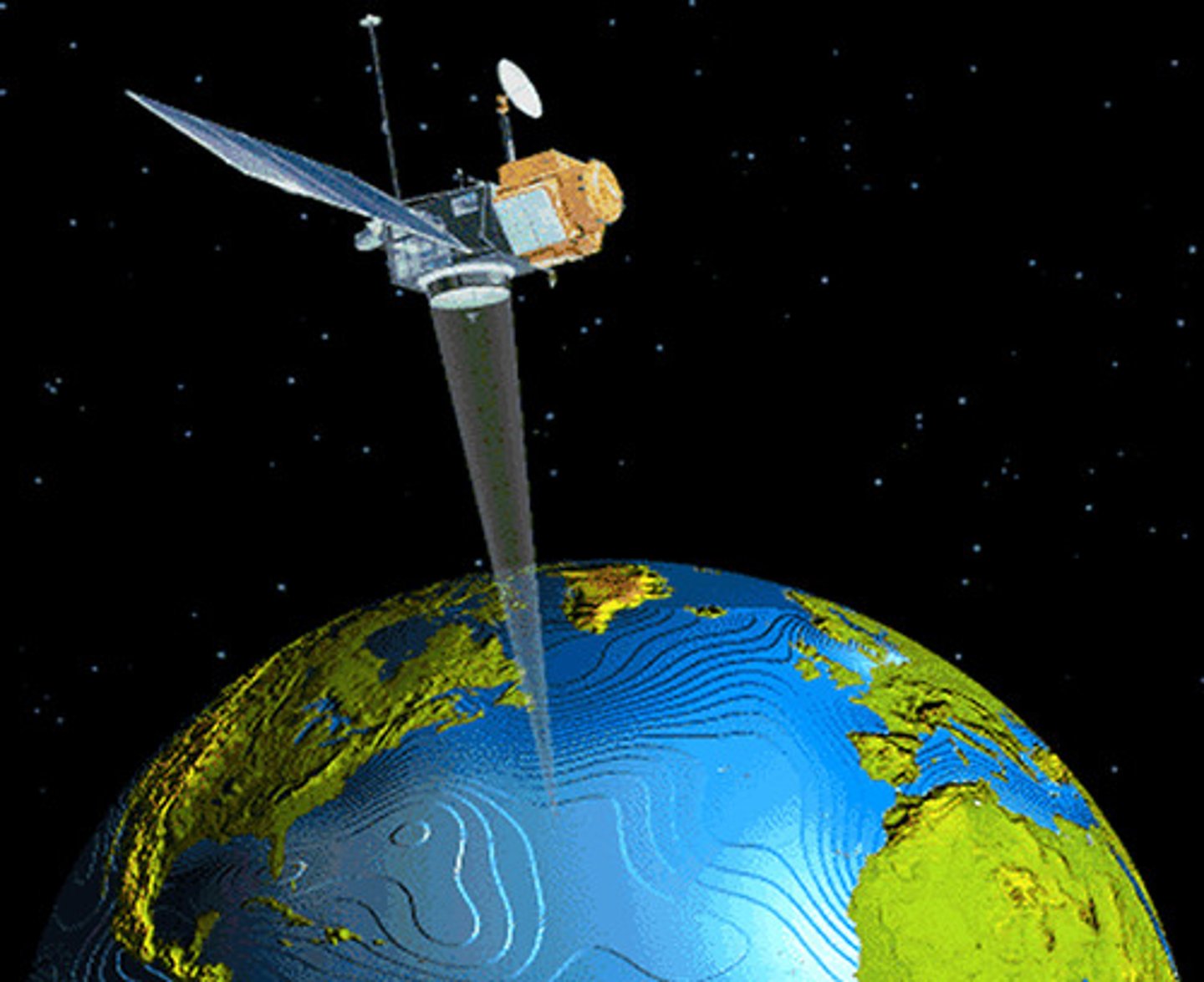
Possibilism
The physical environment may limit some human actions, but people have the ability to adjust to their environment.
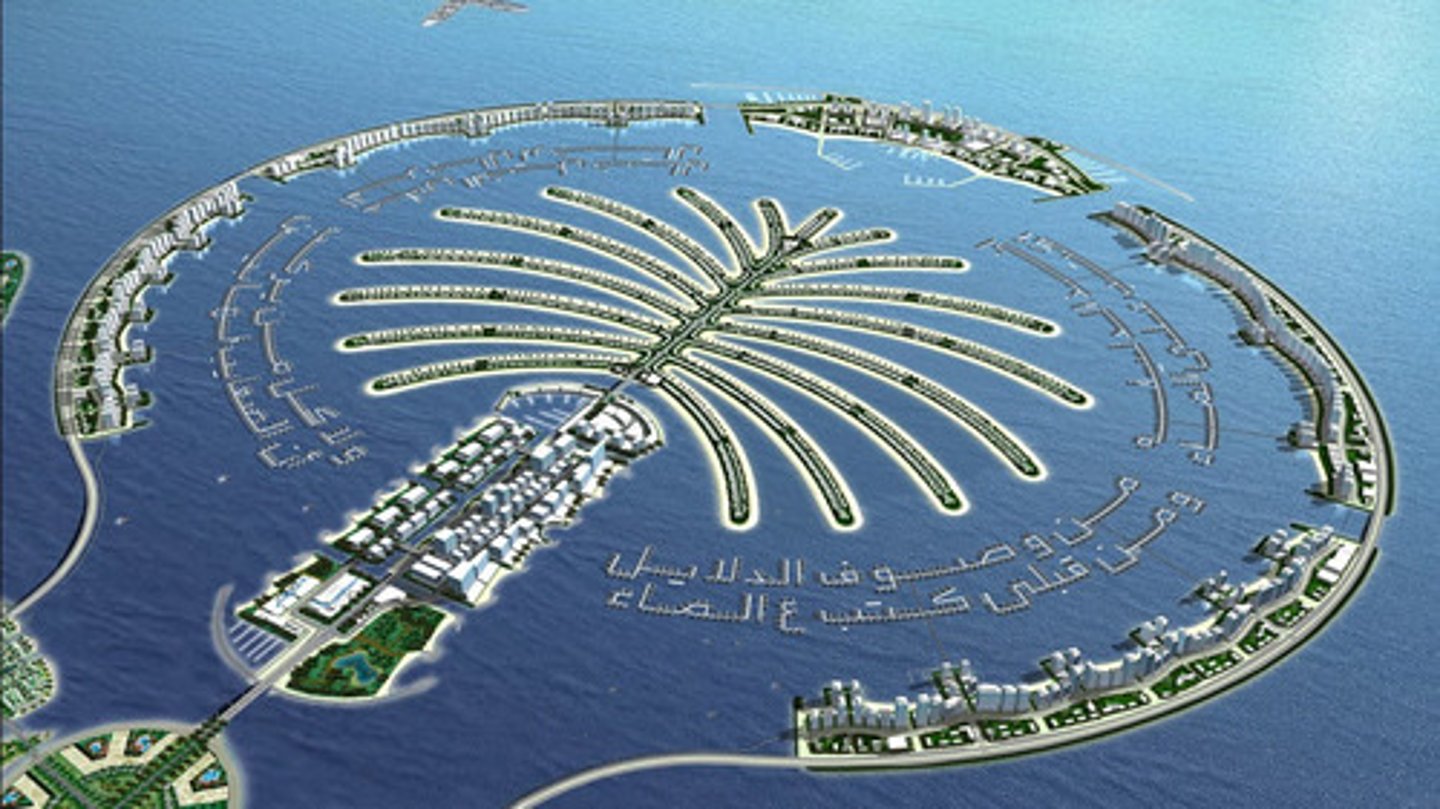
Environmental determinism
the view that the natural environment has a controlling influence over various aspects of human life
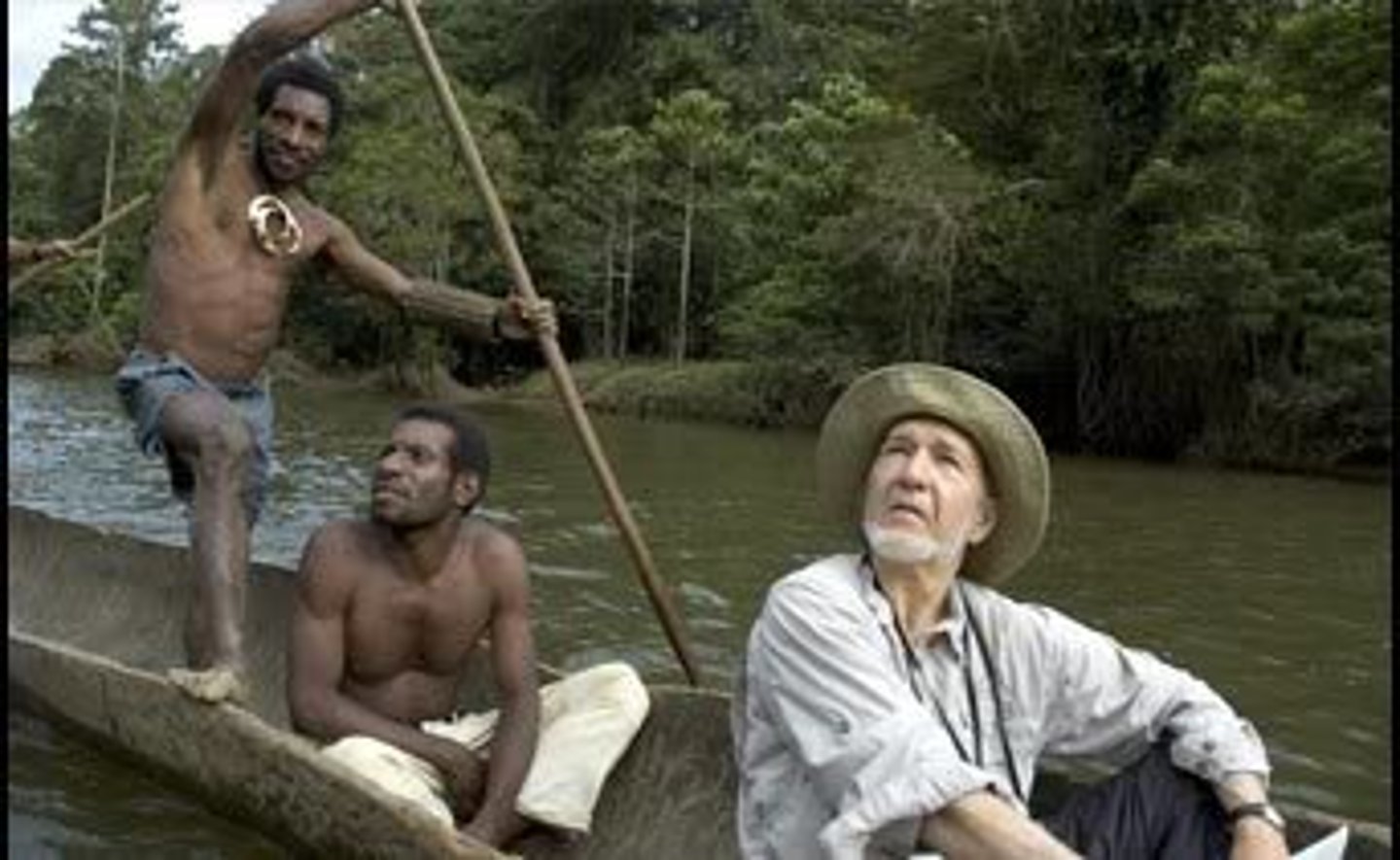
Regionalism
Refers to a groups perceived identification with a particular region
formal region
area marked by the same trait
functional region
region marked by a particular set of activities : is set by node or center of an area
perceptual/vernacular region
region that is set by stereotypes or ideas
Wallerstein's World Systems Theory
Theory that states countries do not exist in isolation but a part of intertwined system in which countries are dependent on other countries : Core - Periphery Model
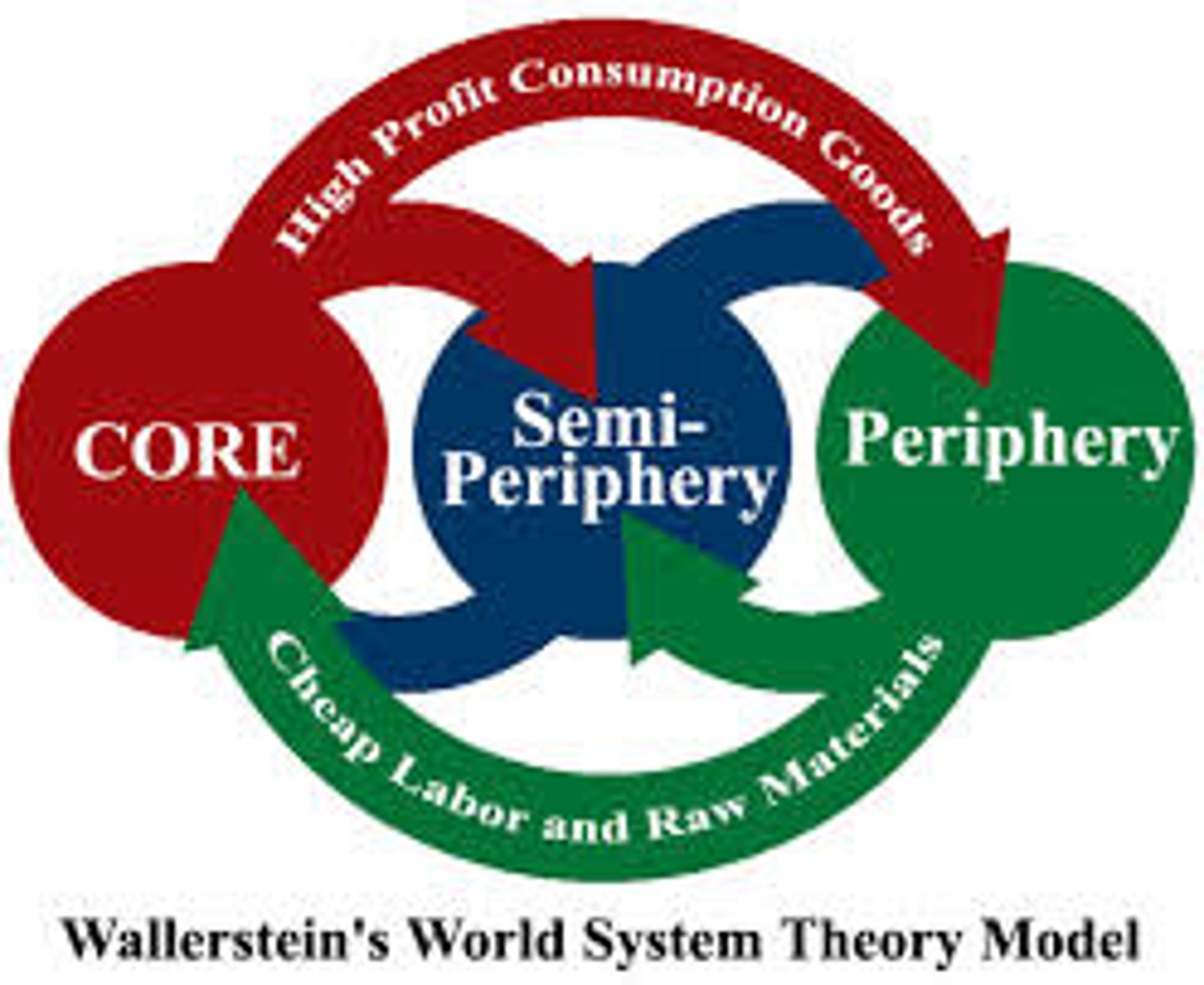
core
countries where economic power is concentrated to control and benefit from the global market on which (semi)/periphery depend on
semi-periphery
countries that exert more power in the world economy than the periphery are dominated by some degree by the core
periphery
Low levels of economic productivity and disproportionately small share of the worlds wealth with weaker state institutions, lower standard of living and are often dependent on the core
primary sector
- economic activity that involves extracting (raw materials) or harvesting (food) products
- gathering industries (renewable resources): agriculture, forestry, hunting and gathering, fishing, grazing
- extractive industries (nonrenewable resources): mining, quarrying
secondary sector
economic activity that processes raw materials and transforms them into finished goods e.g. manufacturing industries
tertiary sector
economic activity that provides services
e.g. health, legal, education, restaurants, stores
quaternary sector
economic activity that involves collecting, processing & manipulation of information & capital
e.g. finance, insurance, computer services
quinary sector
economic activity consisting of high-level decision making and advancement of human capacities e.g. scientific research, higher education, government
online mapping and visualization
compilation and publication of web sites that providegraphical and text information in the form of maps/visuals
e.g. homicide statistics
absolute location
describes the precise location of a place using the Earth's Graticule (latitude & longitude)
e.g. Palm Beach Gardens = 26°49′43′′N 80°06′36′′W
relative location
describes the location of a place relative to other human and physical features
e.g. Palm Beach Gardens = north of West Palm Beach, south of Jupiter
time space convergence
term that refers to the greatly accelerated movement of goods, information, and ideas during the 20th century made possible by technological innovations
e.g. TV, internet, satellite communication
spatial scale
analyzing data at a variety of scales - global, regional, national, local
location of French speakers
global: in the world
regional: in North America
national: in Canada
local: in Quebec
Unit 2:
Population and Migration Patterns and Processes
human factors
human factors psychologists
physical factors
climate, landforms, water bodies
ecumene
the habitable parts of the world
e.g. along fertile rivers, plains
conflicts that cause migration
global: in the world
regional: in Southwest Asia
national: in Syria
local: in Aleppo
population density
measure of total population relative to land size
arithmetic population density:
measure of the number of people within a given area divided by the total land area
physiologic population density:
measure of the number of people per arable (farmable) land
agricultural population density
measure of the number of farmers per arable land
population distribution and population density
next 3 terms!!
political
more laws, cities greater power/influence
economic
more jobs, higher tax base, increase in poverty
social
more education, more health care, greater diversity (language/culture), more crime
population distribution and population density : how it affect the environment
next 2 terms!
environment:
deforestation, less space/room, pollution, natural resource depletion
carrying capacity
the number of people an area can sustain without critically straining its resources
sex ratio
number of males per every 100 females in a population
population pyramids shapes to represent growth
next 4 terms!
rapid growth
distinguished by a wide base (population pyramid)
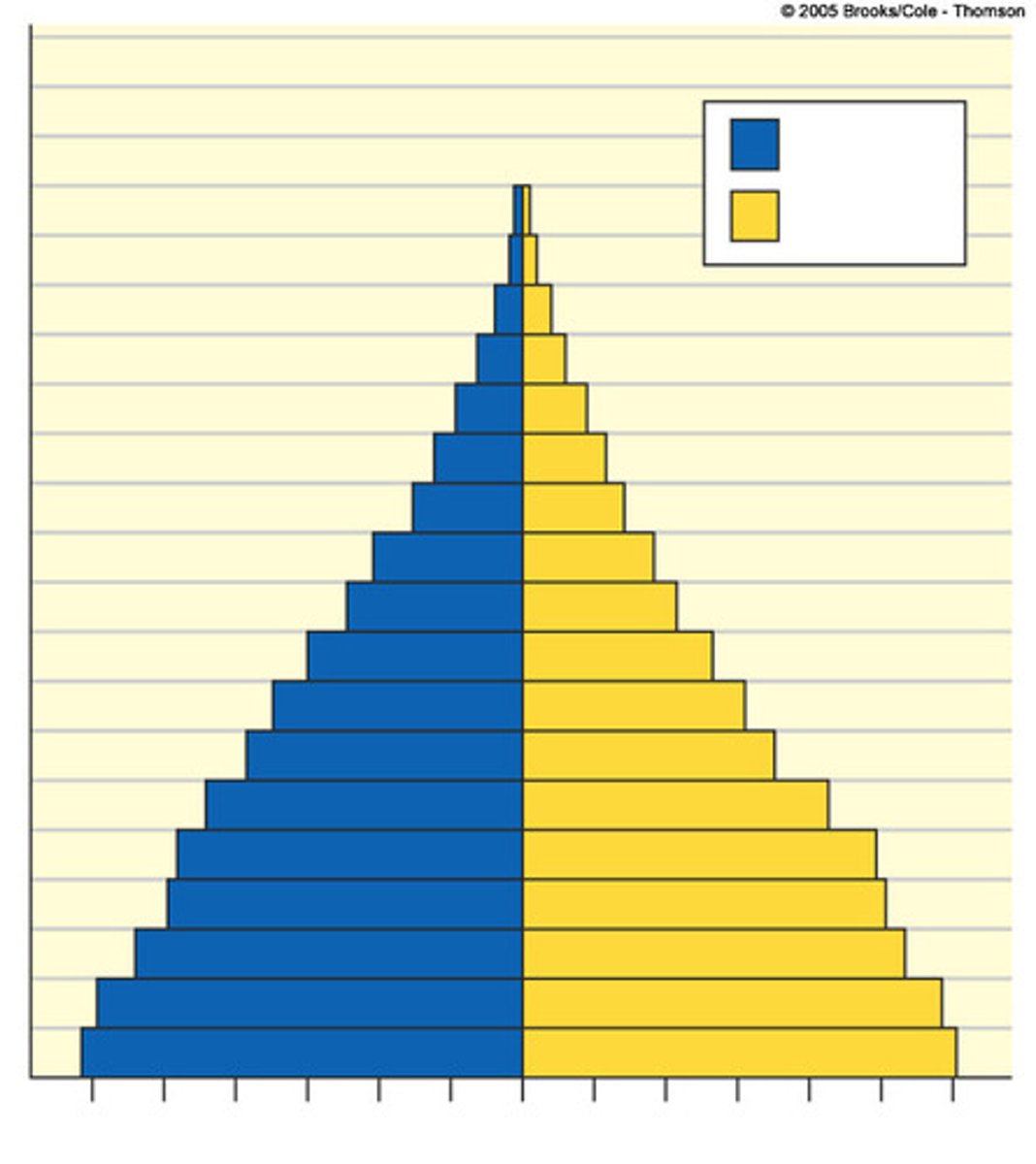
stable/slow growth
characterized by a rectangular shape (MDCs)
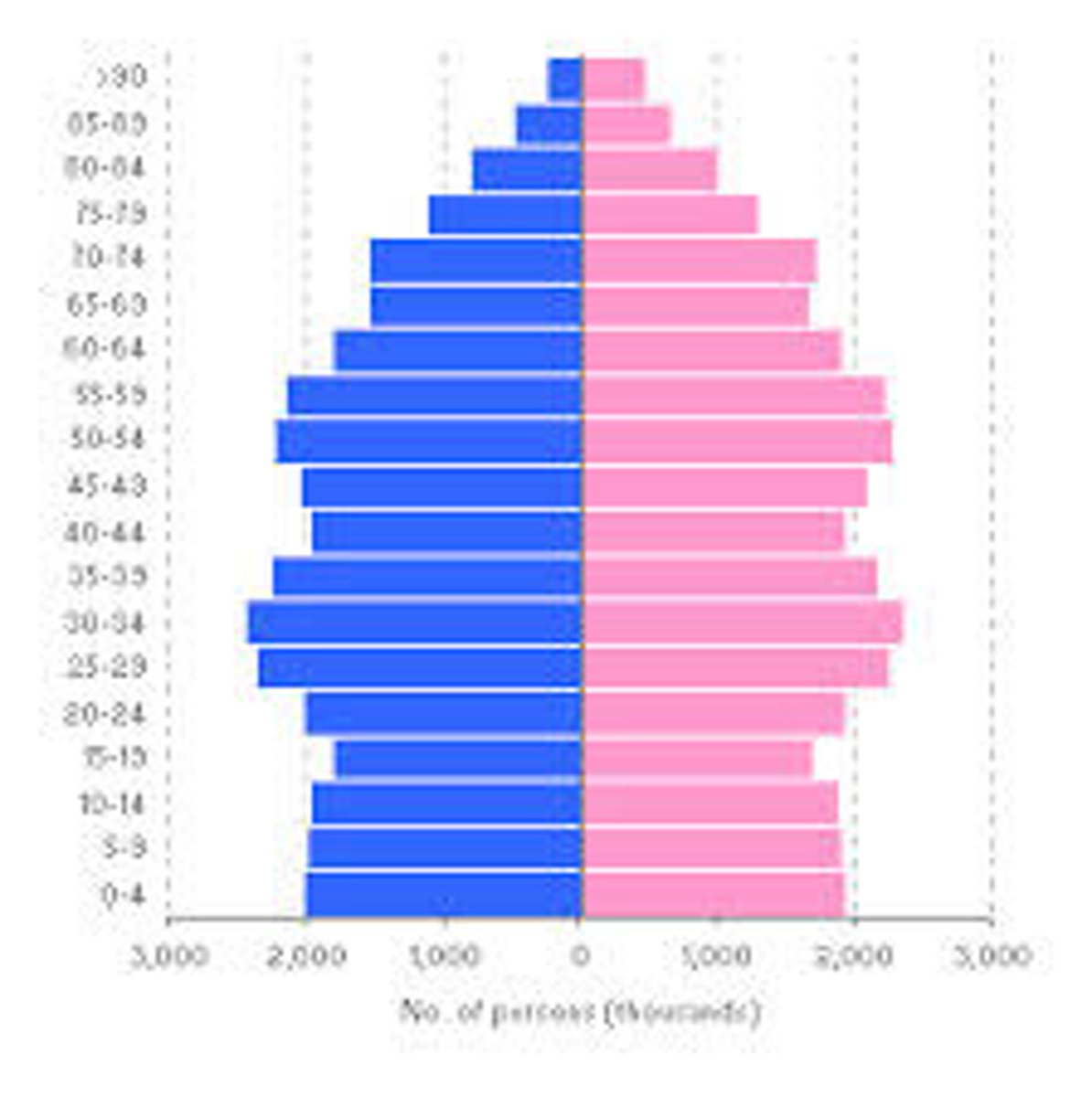
declining/negative growth
the base is smaller than previous cohorts
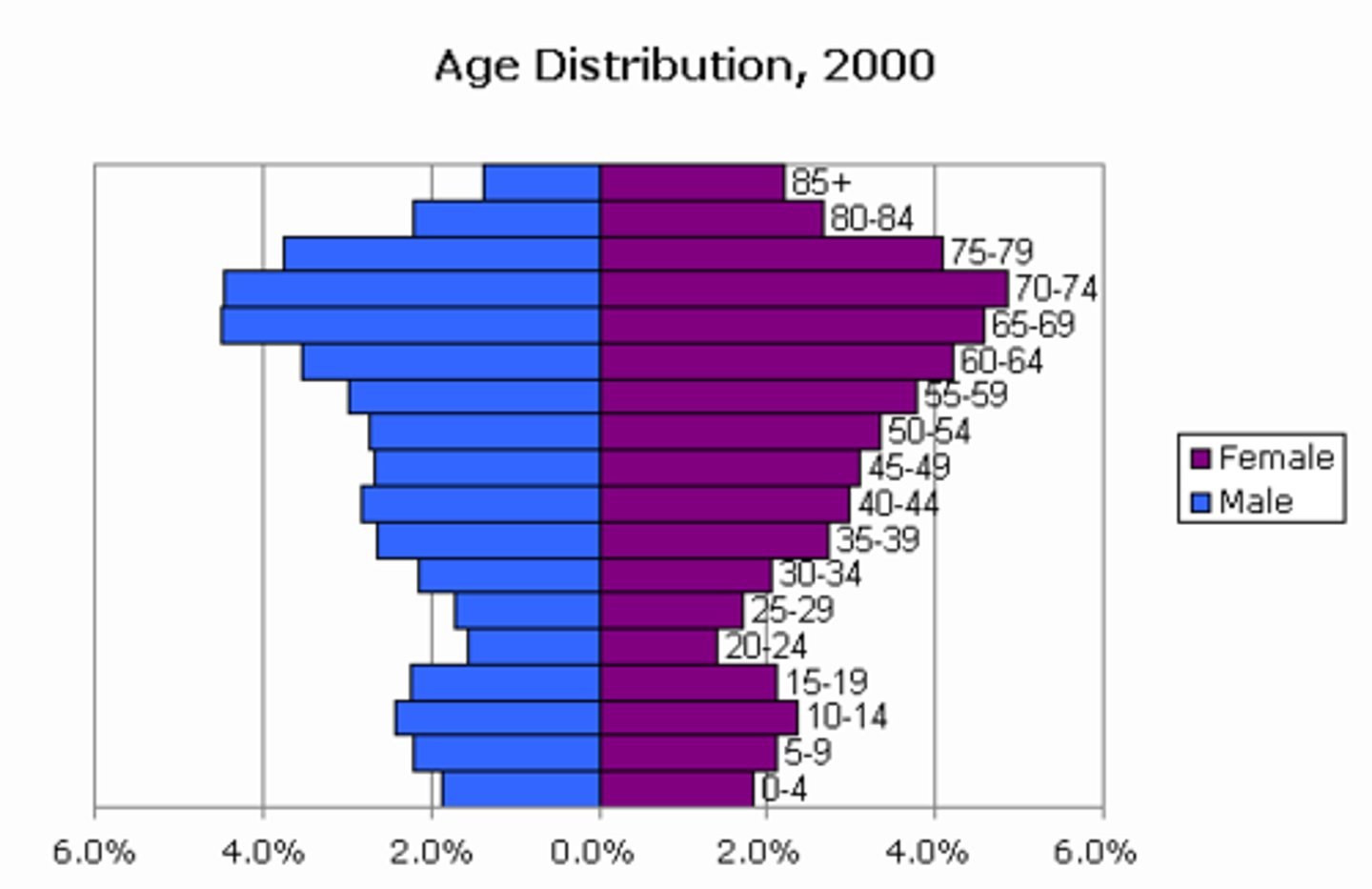
disrupted growth
significant gaps in the pyramid, usually as a result of war, strict population policies, or other drastic events
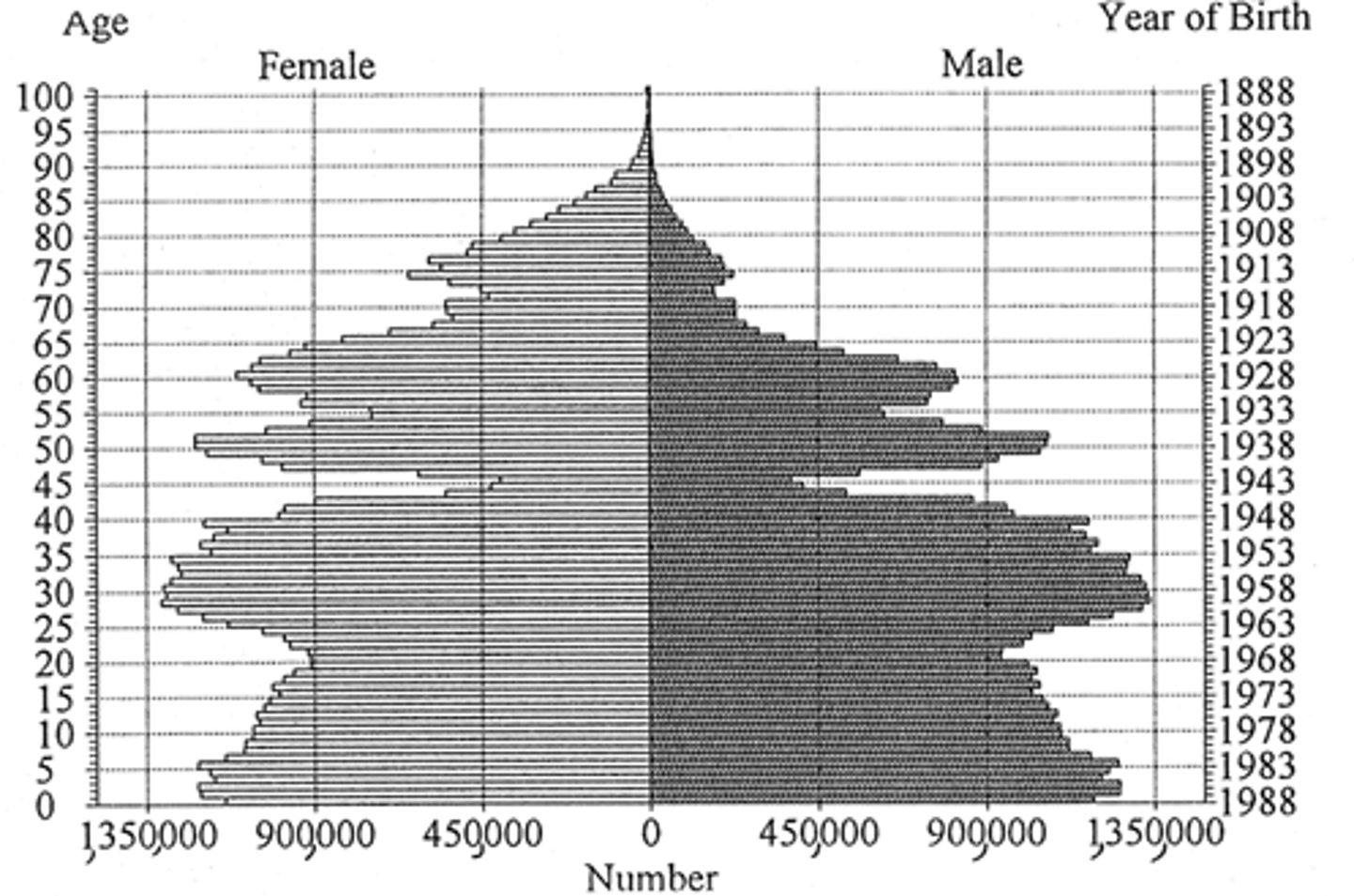
total fertility rate (TFR)
the average number of children a woman will have during her childbearing years (15-49)
birth rate:
number of live births in a single year for every 1000 people (in a population)
replacement fertility level
2.1 (slightly higher than 2.0 to account for infant/childhood mortality/childless women)
infant mortality rate:
number of deaths during the 1st year of life (per 1000)
child mortality rate:
number of deaths of between the ages of 1 and 5 (per 1000)
maternal mortality rate
number of deaths during or shortly after childbirth (per 100,000)
emigration (out migration)
describes movement out of a particular place
immigration (in migration)
describes movement into a particular place
transnational migration
migration across national boundaries
internal migration
migration within national boundaries
natural increase
birth rate minus death rate
population doubling time
the length of time for a population to double in size
demographic momentum
population growth continues despite rapid decrease in fertility rates because of a high concentration of people in their childbearing years
factors that influence fertility, mortality, and migration rates
next 4 terms!
social:
gender empowerment, attitudes about family planning, contraception, marrying age and family size
cultural
religion/morality, ethnicity, values/attitudes, gender empowerment
political
government policies, gender empowerment, conflicts/war
economic
MDC/LDC, education level, employment opportunity, nutrition, health care, gender empowerment
Demographic Transition Model
describes the relationship between population and the development of a country and can be used to explain population change over time
Stage 1
pre-industrialization (no industries)
birth rates are high & death rates are high = low population growth
Stage 2
developing country (industrializing) birth rates are high & death rates begin to drop = population increases(Afghanistan, Kenya)
Stage 3
developing country (industrializing) birth rates begin to drop and death rates drop = population levels off (Brazil)
Stage 4
developed country (post industrialization)
birth rates are low and death rates are low = population stabilizes(U.S., U.K.)
ZPG - Zero population growth (birth and deaths cancel out)
Stage 5
developed country (post industrialization)birth rates are very low and death rates are low = population declines(Germany, Japan, Italy)
issues with Demographic Transition Model
describes the demographic history of Europe (England)
- countries in the developing world today go through the stages
- Faster because of the diffusion of technology and medical knowledge
epidemiologic transition (mortality revolution)
increase in population due to medical innovation (modern medicine) causing a decrease in the death rate
population explosion:
the very great and continuing increase in human population in modern times
•in the past 200 years: an increase of more than 5.5 billion people
•world population is projected to reach approximately 9 billion by 2050
Neo-Malthusians - a modern take on Malthus theory
as populations continue to grow, depletion of nonrenewable resources and increased pollution will endanger water and food resources, leading to a population catastrophe (environmental determinism)
pro vs anti natalist population policies
policies that provide incentives for women to have children : typically in countries with declining populations VS policies that encourage couples to limit the number of children
factors that have reduced fertility rates in most parts of the world
- changing social values (role of women/gender empowerment)
- access to education
- employment
- political empowerment
- health care and contraception
Ravenstein's laws of migration (1885):
- every migration flow generates a return migration flow
- most migrants move a short distance
- migrants who move longer distances tend to choose big
-city destinations
- most migrants are from rural areas
- migration is caused mostly by economic reasons
aging index
the number of people age 65 and older per 100 children ages 0-14
consequences of an aging population
next 5 terms!
aging population
an increasing median age in the population due to declining fertility rates/rising life expectancy
e.g. graying of America, graying of Japan
social consequences
impact on family life, providing for elder care
economic consequences:
slower economic growth, fewer workers to contribute to the tax base, more people collecting pension benefits, increased health care costs
political consequences:
policy responses to counter effects of aging population (pro-natalist policies)
dependency ratio:
a measure of the economic impact of younger and older cohorts on the economically productive membersof a population
Lee's Model of Migration
the process of push and pull factors creating a migration stream from one place to another which can be influenced by intervening obstacles and opportunities
Migration Transition Model
Wilbur Zelinsky's model explaining the type of migration that occurs in each stage of theDemographic Transition
Stage 1
Daily and seasonal migration for food, water, safety
Stage 2
International migration to urban areas for better economic opportunities (Stage 2 countries to Stage 4/5 countries)
Stage 3
Internal migration from rural to urban areasfor economic opportunities
Stage 4 and 5
internal migration from urban to urban areas
refugee
individuals, protected by law, who cross national boundaries to seek safety from armed conflict or persecution
asylum seeker
individuals who flee their home country and applies for protection, but their request for sanctuary has yet to be processed, once processed, they are either given refugee status or refused and returned to their home country